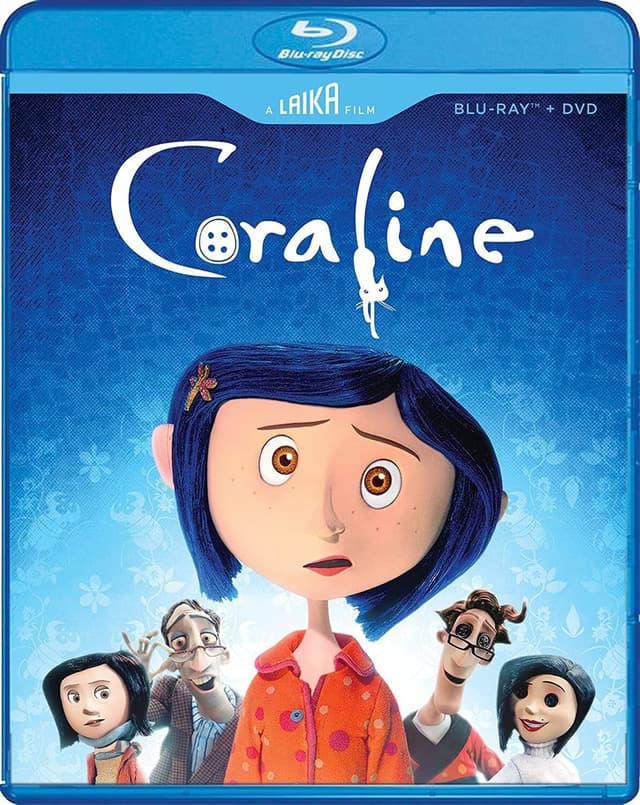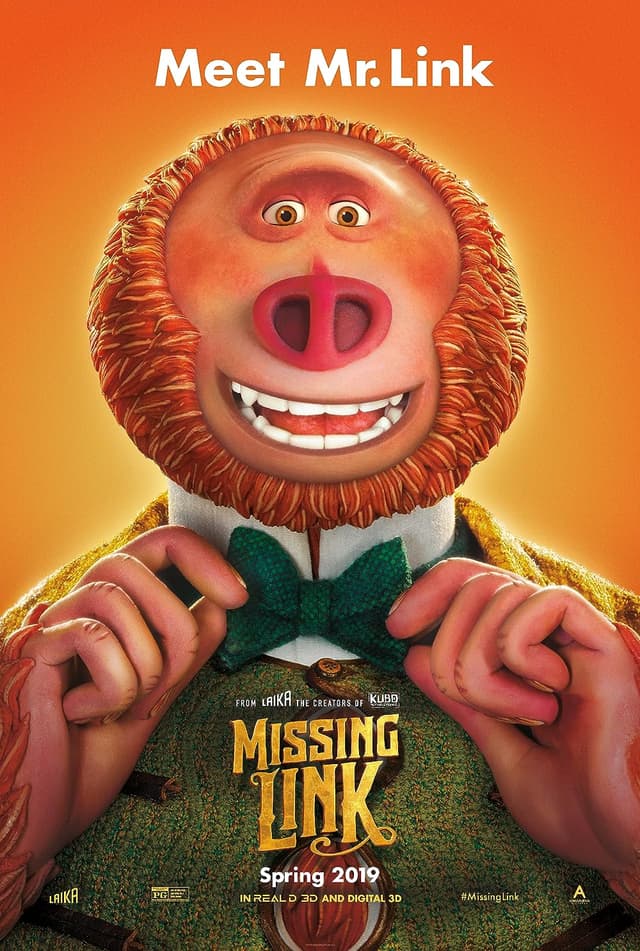Colin Nagy | April 10, 2019
Why is this interesting? - Wednesday, April 10
On stop motion, slow motion, and emotion
Recommended Products

A stop-motion film produced by Laika.

A stop-motion film produced by Laika.

A recently released stop-motion film produced by Laika.
Colin here. When I lived in Prague I was blown away by the stop motion work of the Czech filmmaker Jan Švankmajer. His ability to shape dark landscapes, both physically and emotionally, is still astounding to me all these years later. It’s no surprise that Terry Gilliam and Tim Burton are students of his work: stop motion is a labor of love, and Švankmajer was more than just a craftsman, he was an auteur. Unfortunately, it’s much harder to find the same care and emotion in today’s world of computer-generated animation and effects.
That’s why this article from Vulture about the stop-motion studio Laika, the people behind Coraline, Boxtrolls, and the recently released Missing Link, jumped out at me (shared by a WITI reader -- please keep the links coming). It’s about people still doing things the hard way: painstakingly building beautiful scenes that take an unfathomable amount of time and craft to create. The effect these films have on people is a throwback to a different age.
“As kids come out of the theater nowadays, I think a lot of time they’re just telling their parents, ‘Oh, that’s cool, but that was just done on the computer,’” says Brian McLean, Laika’s director of rapid prototyping. “I think there’s something about stop-motion that’s so tactile. Kids come out of a film still having no idea how we did it. As soon as they hear that it’s actually a little nine-inch puppet that humans brought to life frame by frame, it’s this ‘Holy crap! Movie magic!’ moment.”
Why is this interesting?
Because where else in our fast-twitch rapid response world are people taking this kind of time with their work?
“Our animators’ target is 4.3 seconds per week of approved footage, in the can,” Pascall tells me. “That’s target. That’s in an ideal world, all very well. If you’ve got three or four or five characters being shot together — or you’ve got the elephant walking and three, four characters on top of the elephant, and it’s a character itself — obviously that average can come right down because there’s more moving parts to take care of. So target is 4.3 seconds a week, but the real average is usually between two-and-a-half to three-and-a-half seconds in the can, which is why we’ve got a 92-week production shoot.”
Each individual shot is done frame by frame, with each movement, piece of fabric, or stage set framed accordingly. It’s an astounding feat. And just as when you stand next to a great work of art and absorb the craft and texture of the paint, with motion work like this you can feel the passion and the quality come right through the screen. (CJN)
Map of the Day:
China’s Belt and Road. (NRB)

Quick Links:
The Times has an interview with Erin Lee Carr, daughter of the late David Carr, about her new book All That You Leave Behind, which chronicles her relationship with her father. David, if you’re not familiar with him, was a media columnist for the Times before he died and had a giant impact on a huge number of writers throughout his life. (NRB)
“Sully” Sullenberger has a piece on MarketWatch taking Boeing to task for their handling of the 737 MAX issues. “It has been reported that Boeing pushed back in discussions with the FAA about the extent of changes that would be required, and after the second crash, of Ethiopian 302, the Boeing CEO reached out to the U.S. President to try to keep the 737 Max 8 from being grounded in the U.S. The new fix still has not been fielded, nearly five months after Lion Air. It almost certainly could have been done sooner, and should have been.” (NRB)
How Barcelona grew. (CJN)
Thanks for reading,
Noah (NRB) & Colin (CJN)